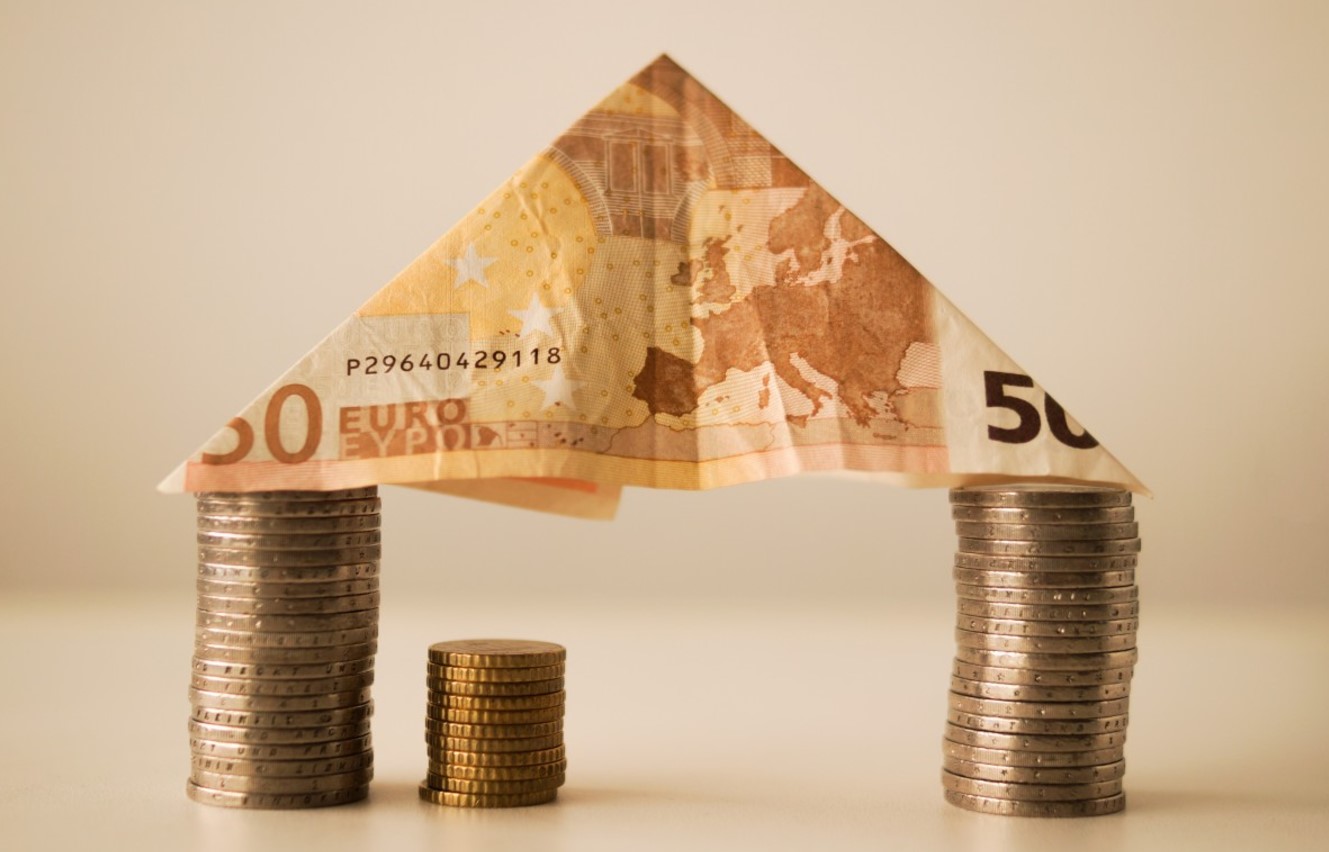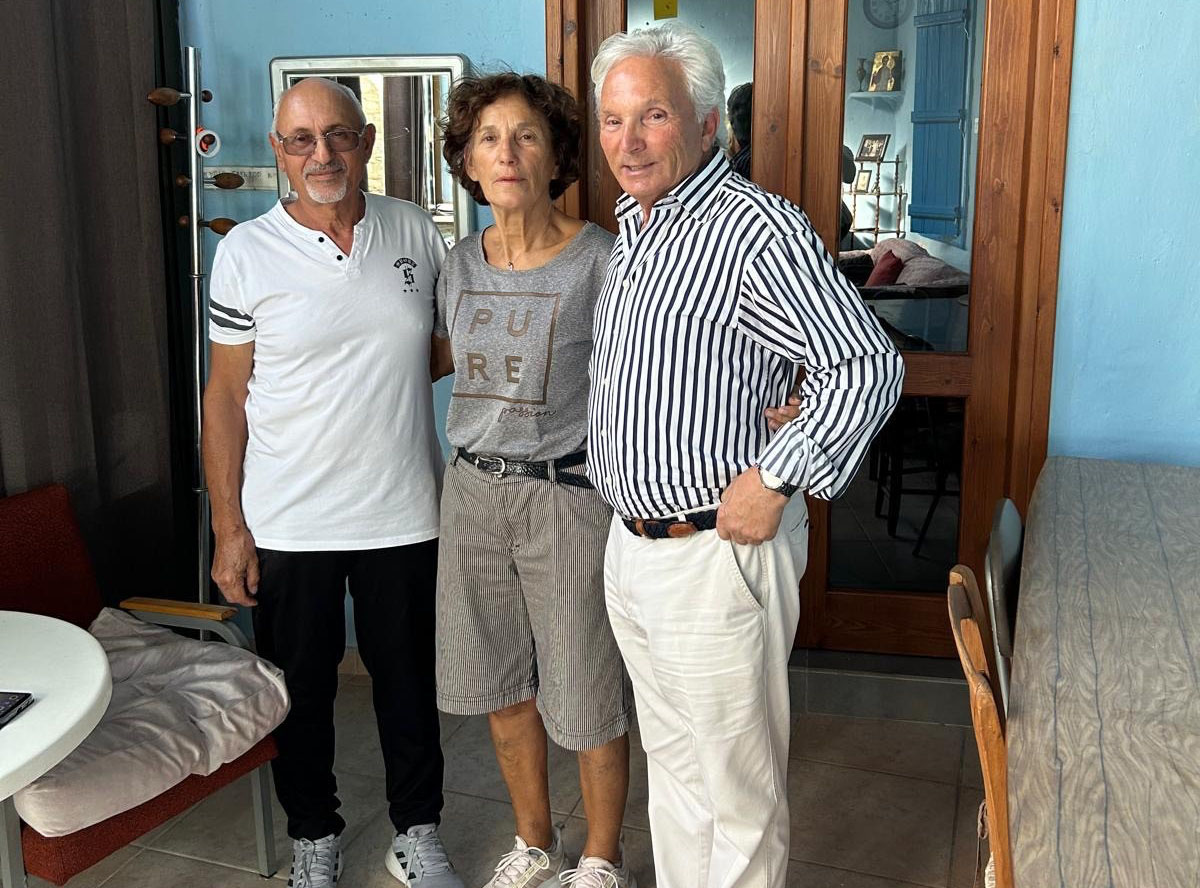The household saving rate in the euro area rose to 15.4 per cent in the second quarter of 2025, compared with 15.2 per cent in the first quarter of 2025, according to Eurostat.
The increase was mainly attributed to household consumption growing at a slower pace than gross disposable income, with consumption rising by 0.7 per cent and disposable income by 1.0 per cent.
At the same time, the household investment rate remained stable at 9.0 per cent during the second quarter of 2025.
This stability reflects that gross fixed capital formation increased at the same rate as gross disposable income, both by 1.0 per cent.
Meanwhile, the profit share of non-financial corporations in the euro area decreased to 39.1 per cent in the second quarter of 2025, down from 39.3 per cent in the previous quarter.
The decline was explained by an increase in compensation of employees, including wages and employers’ social contributions, as well as taxes less subsidies on production, which together rose by 1.1 per cent, outpacing the 0.9 per cent growth in gross value added.
The business investment rate also fell, dropping from 22.1 per cent to 21.6 per cent in the second quarter of 2025.
This decrease was due to a 1.4 per cent reduction in business gross fixed capital formation, while gross value added increased by 0.9 per cent.
Eurostat noted that previous peaks in the business investment rate observed in Q2 2017, Q2 2019, Q4 2019 and Q1 2020 were linked to large imports of intellectual property products, reflecting the effects of globalisation.
The latest figures underscore a mixed picture for the euro area economy, with households boosting savings while businesses face declining profit margins and reduced investment activity.







Click here to change your cookie preferences